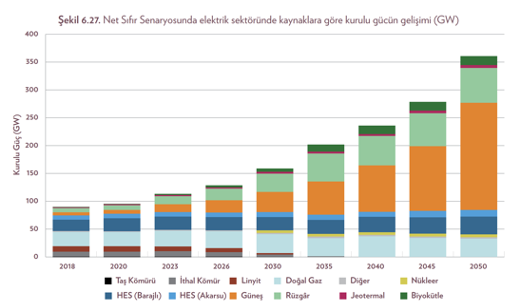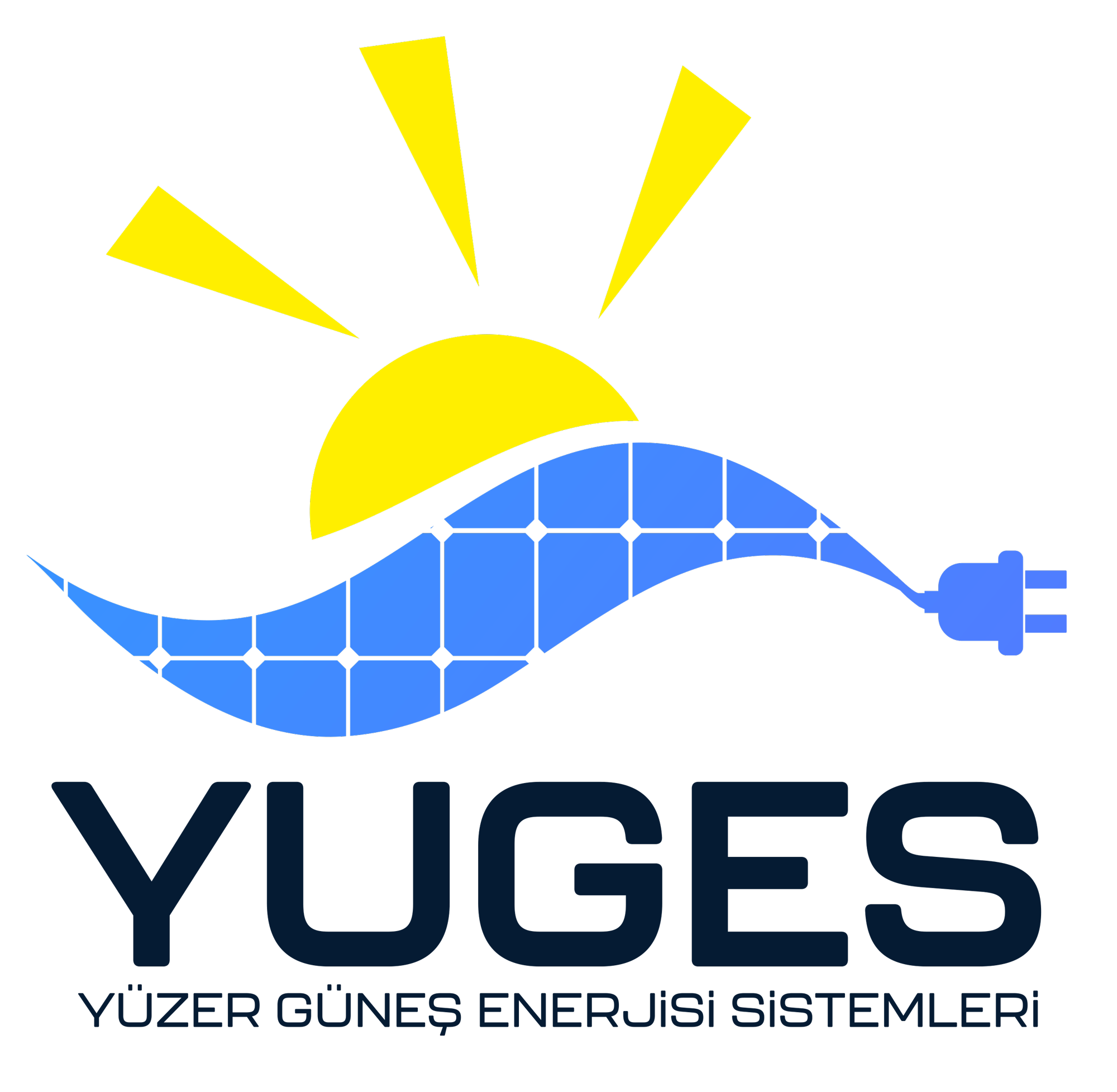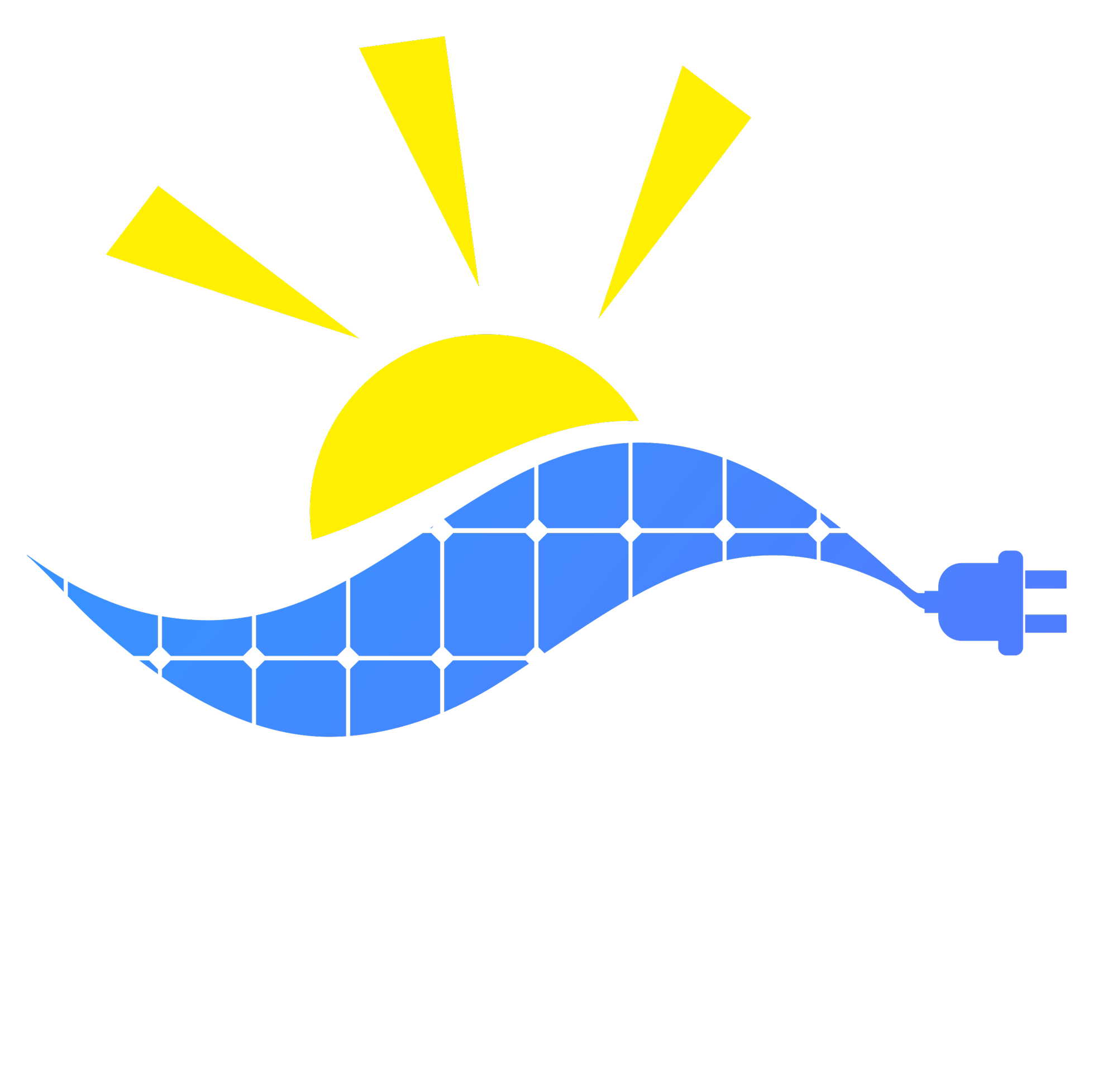According to the research conducted by Norges Teknisk-Naturvitenskapelige Universitet (NTNU),
💡 Covering5–100% of global hydropower reservoirs with FPV could generate as much electricity as hydropower today.
💡 FPV can be exploited to a much greater extent than hydroelectric reservoirs alo.
💡 If you cover 0.17% of the world’s oceans with solar islands, the energy needs of the whole world will be met by 2050.
💡 FPV can compete with offshore wind in terms of sputilization.
Floating solar power offers new opportunities to increase solar power generation capacity, especially in countries where population density is high and current land use is competitive. In comparison to land-based systems, hydroelectric fields have a few advantages, including as increased energy efficiency due to the utilization of existing electrical transmission infrastructure, close proximity to demand centers, the cooling effects of water, and a lower level of dust.
Particularly when it comes to large hydropower fields that can be managed flexibly, the potential for adding floating solar capacity to existing hydropower facilities is of particular interest. By enabling the hydropower station to run in “peak load” mode rather than “base load,” solar power capacity can be employed to improve the energy efficiency of such hydropower plants and can also help manage times of low water availability. Additionally, hydropower can operate in “load-following” mode, so reducing the variability of solar production.
Hydroelectric power facilities are growing more interested in hybrid projects that combine hydroelectric and photovoltaic energy. Low water levels are fixed by the combination, which lowers the amount of hydroelectric power generated.
Some Advantages Of Floatıng Spps;
- They can be put in place without causing ownership problems, which relieves pressure on grazing, woodland, and agricultural lands,
- Eliminating the need for extensive site preparations like leveling or foundation laying necessary for installations on land,
- The water surface’s cooling impact causes the panels to produce more electricity,
- Since sunlight reflects heavily off of the water’s surface, energy production is more effective,
- Solar panels’ ability to block sunlight and reduce the evaporative effects of wind will result in less water evaporating from reservoirs,
- It will be more efficient while being less affected by dust pollution compared to land- and roof-type SPPs,
- It is shorter to construct and easy to reach,
- Less water is required for cleaning,
- The reduction of algae growth has improved the quality of the water,
- There are additional benefits to hydroelectric reservoirs. Grid connections are already in place for electricity distribution, and the two power sources can complement one another with solar power available during the day, allowing water to be conserved to generate hydropower after the sun goes down.
The climate change crisis is emerging in our country and around the world with each passing day. It has become imperative to find solutions to increasing environmental problems such as drought, forest fires, etc. due to climate change. In this context, the Paris Agreement, which constitutes the framework of the post-2020 climate change regime, was adopted in 2015. At COP 21, for the first time after 2020, all countries on a global scale made a commitment to reduce greenhouse gas emissions. The Agreement entered into force on November 4, 2016, and our country also signed the Paris Agreement with 175 country representatives at the high-level signing ceremony held in New York on April 22, 2016.
The agreement emphasizes the significance of achieving 1.5 degrees Celsius in this regard and seeks to restrict the long-term increase in global temperature due to human-caused greenhouse gas emissions to less than 2 degrees Celsius compared to the pre-industrial era.
The Paris Agreement’s long-term objective is to limit the increase in global temperature to no more than 2°C (or 1.5°C, if possible) over pre-industrial levels. This goal necessitates a transition away from fossil fuels (coal and oil) and toward renewable energy sources.
Turkey had an installed solar-based power capacity of 8,479 MW as of the end of June 2022. In 2021, this quantity was 7,816 MW, although in 2020 and 2019, it was 6,667 MW and 5,995 MW, respectively. As of the end of June 2022, solar energy made up 8.35% of all installed power. In comparison to the prior year, when it was 7.83%, this rate was 6.95% in 2020 and 6.57% in 2019. Our nation has not yet utilized solar energy to its full potential.

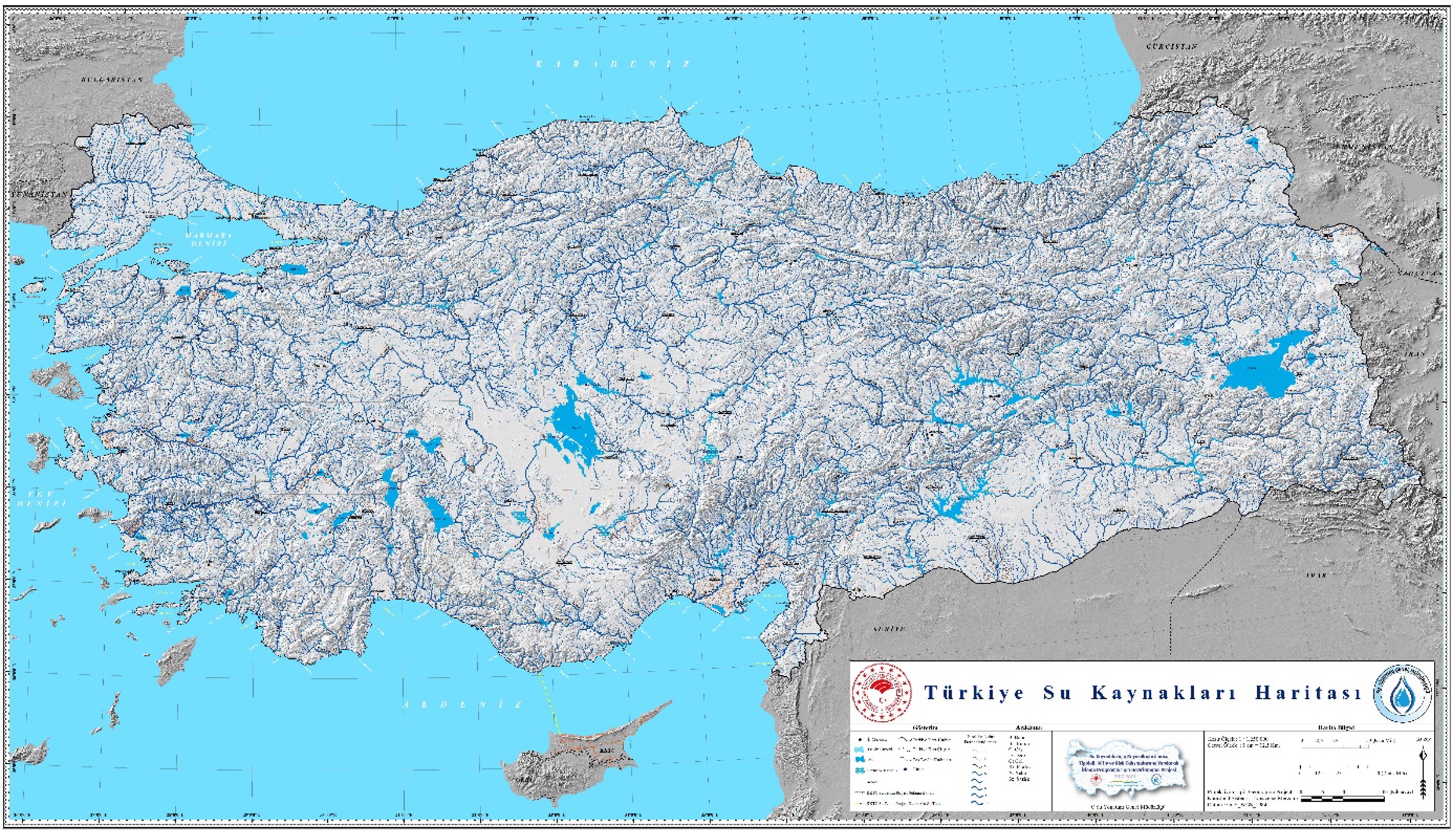
It can be aimed to build an average of 3 GW of solar and 2.5 GW of wind power plants per year until 2030 in order to boost the installed power of both renewable energy sources to around 35 GW by that time and help our nation meet the zero carbon objective in 2050.
These factors make solar energy crucial for the future of our planet. The land will not support 3 GW of installed power by 2030. Both of the currently available water surfaces must be utilized in order to prevent evaporation.
Our country is advantageous in terms of water surfaces. Turkey’s total coastal length is 8592 km, excluding the islands, and it has many dams and natural lakes. Among the lakes in Turkey, Lake Van (3,713 sq km), Salt Lake (1,300 sq km), Beyşehir Lake (656 sq km), and Eirdir Lake (482 sq km) are the largest lakes in size.
There are 861 dams in operation in Turkey. Among the dams in Turkey, Atatürk Dam has a surface area of 817 km2, Keban Dam has 675 sq km, Ilsu Dam has 313 sq km, Karakaya Dam has 268 sq km, and Hirfanli Dam has a surface area of 263 sq km.
Due to the limited land areas appropriate for the installation of GES and the safeguarding of agricultural regions, it is vital to take advantage of solar energy in order to achieve the zero carbon target and to reach the anticipated installed fall. The potential for renewable energy in Turkey is also made possible by floating SPP Systems, which can be constructed with floating photovoltaic (PV) solar panels on dam lake reservoirs belonging to suitable hydroelectric power plants, primarily for irrigation purposes.
